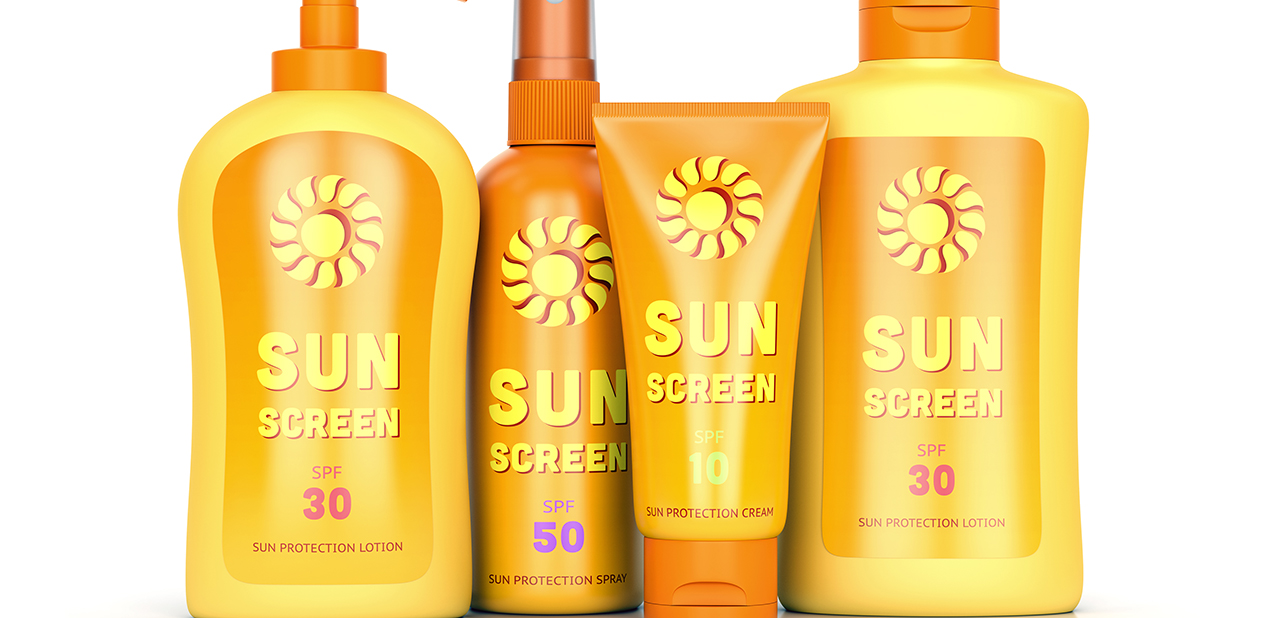Skin Cancer Cases Are Rising - Four Burning Facts You Need to Know About Sun Block

To put it mildly, skin cancer statistics are scary.
Each year there are more new cases of skin cancer than new cases of breast, prostate, lung and colon combined. One in every five Americans will develop skin cancer during their lifetime.
And the culprit is well known: 90 percent of basal and squamous cell cancers and 86 percent of melanoma cases are linked to sun exposure, according to the Skin Cancer Foundation. What’s a sun-loving person to do?
“I always promoted the importance of sun screen to my patients,” explains Bernard Kaminetsky, MD, medical director, MDVIP. “I practiced in South Florida where the sun is strong all year long and skin cancer rates are fairly high.”
But sun block, while effective, is often misunderstood—from what types to buy to how to apply. Here’s what you need to know about sunscreen.
- Wear sunblock whenever you’re outdoors, regardless of the weather and your skin tone. Apply an ounce of sunblock (about a shot glass) 30 minutes before going outdoors, as recommended by the American Cancer Society. As much as 40 percent of the sun’s UV rays reach the earth on overcast days.
And skin cancer doesn’t discriminate. Melanoma survival rates among African Americans tend to be significantly lower than white Americans, according to a recent study published in the Journal of the American Academy of Dermatology.
- Reapply your sun block after getting wet or sweating. Waterproof sun block doesn’t exist. Yes, there were products labeled as waterproof but since they needed to be reapplied after getting wet or swimming, they’re really not waterproof. According to new FDA guidelines, if a sunblock is marketed as water resistant, it must be able to claim to protect you for 40 or 80 minutes after getting wet or sweating.
- Not all sun blocks protect you from UVA and UVB rays. UVA rays age your skin, weaken the immune system and damage DNA. UVB rays are linked with skin cancer. Many sun blocks provide protection against UVB rays but not UVA. Only products labeled as broad spectrum can protect you from both because they have either zinc oxide (experts’ ingredient of choice), titanium oxide or three percent avobenzone with octocrylene in its ingredients.
Aerosol spray-on sun blocks often don’t provide the same level of protection as a lotion. It’s very difficult to gauge the amount of spray you’ve used and if you’re thoroughly covered. Inhaling fumes also is a concern.
- Read sun block labels. Begin by checking the expiration date. Most sun blocks are only effective for two or three years.
Next, check the SPF level. Many people are willing to spend a lot of money on sun blocks with high levels of SPF thinking they’ll get significantly more protection from UVB rays. That’s not quite accurate. A block with SPF 15 screens out about 93 percent of UVB rays; SPF 30 filters about 97 percent, SPF 50 protects 98 percent and SPF 100 blocks about 99 percent. Select a SPF level that best suits your needs and wallet.
Lastly, consider selecting a brand without vitamin A and forms of it such as retinyl palmitate, retinyl acetate, retinyl linoleate and retinol. The sun block industry uses this antioxidant to moisturize skin. But topical vitamin A has been linked to skin tumors and lesions when exposed to sunshine.
Of course, sunblock is not your only means of sun protection. Tightly woven, loosely fitted long shirts and pants can reduce up to 27 percent of your sunburn risk. If you spend a lot of time in the sun, consider investing in sun-protection clothing, sold at many sporting good and outdoor stores. Additionally, hats with two to three-inch brims, UV blocking sunglasses and contact lenses also can help. Whenever possible, avoid planning outdoor activities between 10 and 4 pm, when the sun is the strongest. And when outdoors, seek shade, whether it be a tree, umbrella or tent.
Be sure to scan your body each month to keep track of new or changing moles and lesions that should be reported to your doctor. If you’re concerned about vitamin D deficiency, talk to your physician. Sun exposure has long been touted to help prevent vitamin D deficiency; however, many experts no longer consider it to be the safest or most reliable source vitamin D.
“Vitamin D deficiency versus skin cancer was a common question among my patients. I almost always recommended sunblock with some dietary changes and/or vitamin D supplements,” said Kaminetsky.
For questions about skin changes, sun protection and vitamin D deficiency, talk to your MDVIP-affiliated physician. As part of the MDVIP Wellness Program, your doctor can customize a wellness plan for you and your needs. Don’t have an MDVIP-affiliated doctor? MDVIP has a nationwide network of physicians. Find one near you and begin your partnership in health >>





